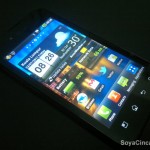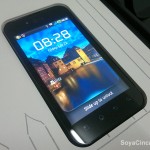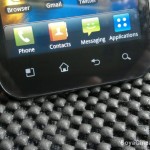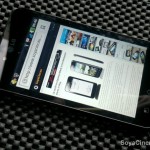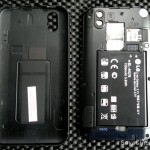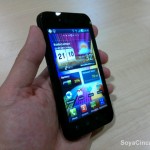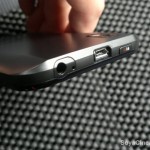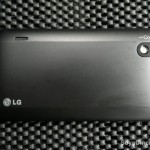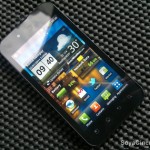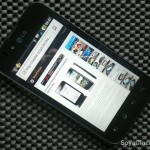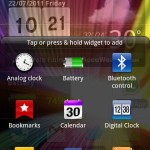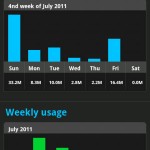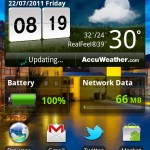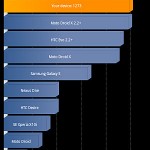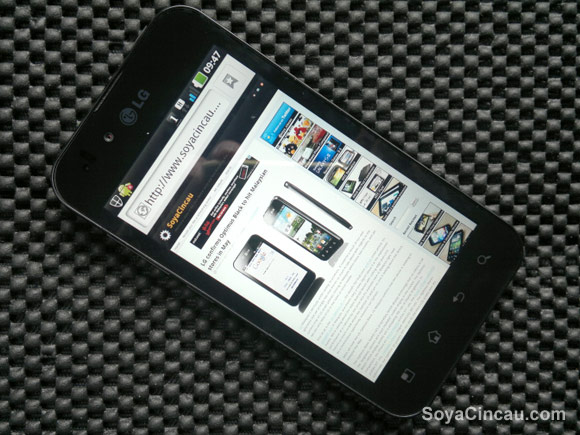
Android smart phones today are getting slicker and powerful but it is often limited to manufacturer’s flagship models. While there are more cheap and cheerful Androids today, they tend to sacrifice in terms of design and aesthetics. What if there’s something sleek without burning a hole in your pocket? That’s where LG aims to offer with its Optimus Black. Read on for the full review.
Being a mid-range Android device at a retail price of RM1399, the Optimus Black is powered by a single core TI OMAP 3630 1GHz Processor with PowerVR SGX530 GPU and 512MB of RAM. At the time of review, the Optimus Black like its dual-core Optimus 2X sibling still runs on Android 2.2 Froyo with LG’s custom skin which honestly was a surprise for a new phone launched in mid 2011.
Design
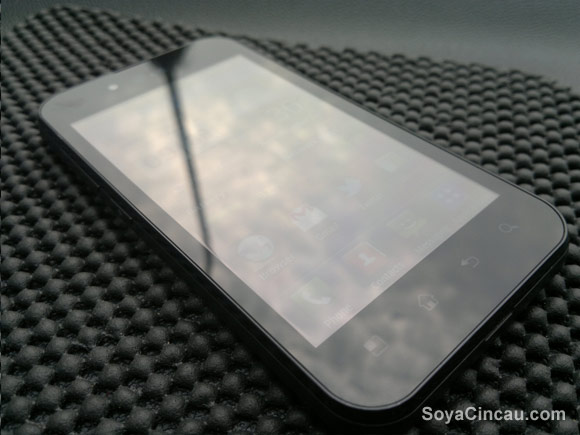
Despite being a mid-range device, the Optimus Black is LG’s slimmest Android device yet at only 9.2mm and weights only 109 grams. As comparison, the iPhone 4 is 9.3mm thick but it isn’t as slim as Samsung Galaxy S II’s 8.49mm. Being a 4 incher, the Optimus Black is lighter than it looks and it is pretty impressive for a phone below RM1500.
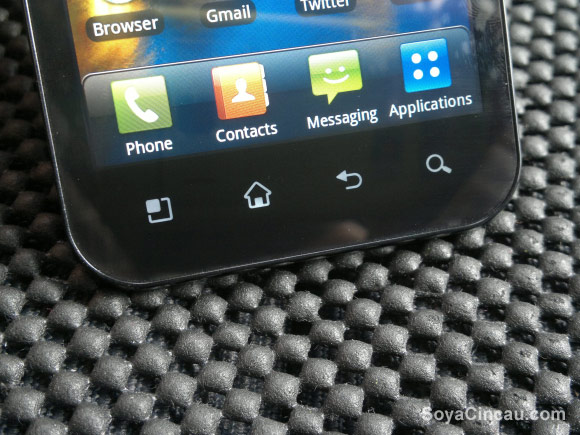
In terms of design, LG has gone with the minimalist approach for the Optimus Black. Upon first look, you’ll notice how subtle it is without being overbearing. The front consists of a full glass with minimal protrusion from the sides and the 4 capacitive Android buttons are nicely darkened but just enough to be identified when inactive. When in use, the 4 buttons clearly lit up in white and it turns blue briefly when pressed.
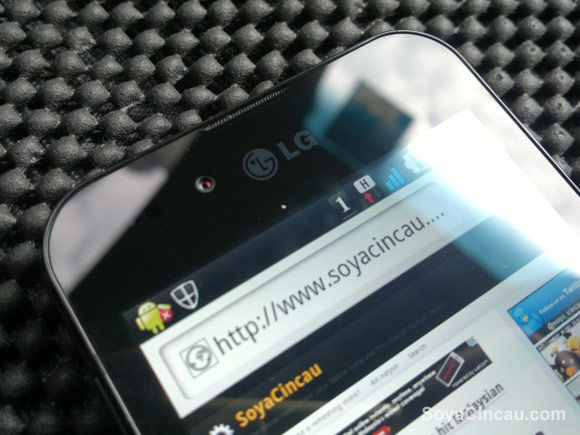
Over at the top, the LG logo is hardly noticeable right below its discreet earpiece. Even the 2MP front facing camera is much more obvious than LG’s logo in dark grey. It is worth mentioning that the Optimus Black is capable of making standard 3G video calls and the 2MP camera is the highest front facing camera we’ve seen alongside Samsung Galaxy S II.
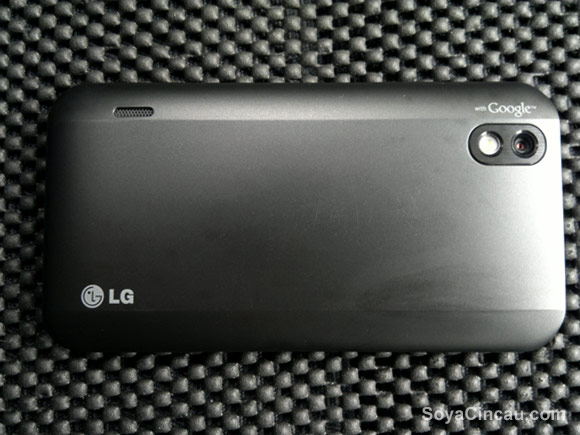
The simplicity look continues at the back with very minimal distractions or textures and comes with a non-glossy matte finish. The camera and LED flash is neatly placed at the top left corner which is recessed slightly below the Google logo. Towards the bottom, there’s a loudspeaker and a white LG logo on each side.
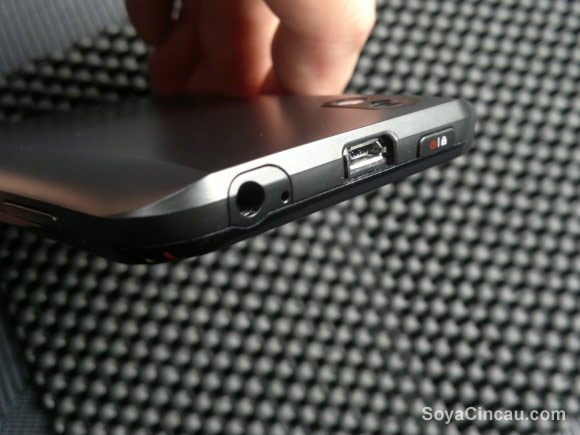
At the sides, you’ll find a flush volume rocker which is pleasant to press and a special G button for gestures. Over at the top, you’ll get your standby/power button, a 3.5mm Jack and a micro USB port with a nice sliding cover.
Display
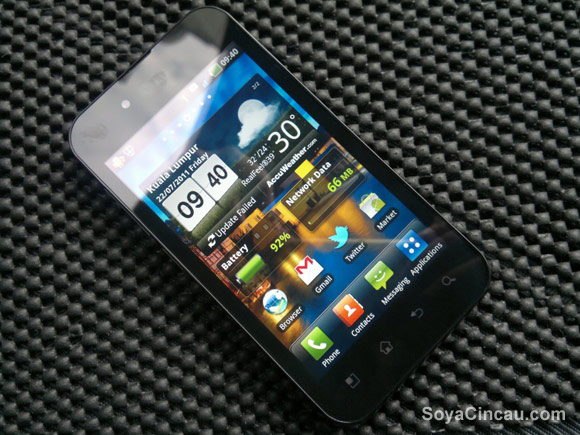
While the LG Optimus Black is merely offering TFT LCD and WVGA (800×480) resolution, it boasts having NOVA display which is one of the brightest screens ever at 700 nits. As comparison, iPhone 4 does 571 nits while Optimus 2X does 399 nits. According to LG, NOVA display offers exceptional brightness while having lower power consumption. In theory, this makes it ideal for viewing under outdoor sunlight condition.
In our experience outdoors, the full brightness does help in display but that alone doesn’t make the situation ideal. Although it’s better than most smart phones, the glare from the glass is still an issue and we reckon you won’t use it as much in such situations. During our long term usage, we maintained the lowest brightness which is enough for our everyday usage. For auto brightness set up, there are 2 options of Optimized brightness and Power saving.
Brightness aside, the display is adequately sharp and vibrant like the Optimus 2X. For those with rough hands, it is good to know that the Optimus Black is listed for having toughen Gorilla Glass.
Usage and Performance
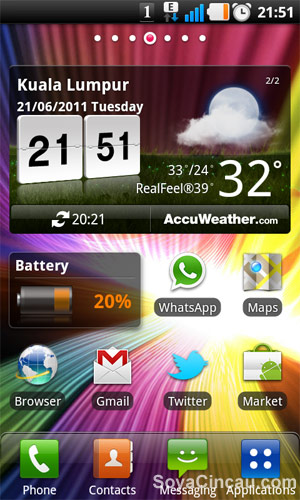
So is the Optimus Black as good as it looks? Being a single core smart phone, it is sufficient enough for day to day communication, social networking and web browsing. In terms of gaming, it is smooth enough to run favorites such as Angry Birds and Cut the Rope. The LG UI skin, like the Optimus 2X looks like a cross breed between HTC Sense and Samsung TouchWiz which provides a refreshing eye candy feel over the standard vanilla Android UI. You can read more on the LG UI in our Optimus 2X review.
New on the Optimus Black is the little G button on the left. What it offers is special gesture controls or hot keys which behaves depending on app. With it enabled, it allows you to do several tricks like browsing web page or viewing gallery by movement of gyroscope when the G button is pressed. Another neat trick is to load up the camera up by pressing the G button while shaking at the lock screen.
When using the Optimus Black for the first time, we had several occasions of lags which was annoying at first. This was similarly experienced with the Optimus 2X earlier. It might be a software issue with the LG UI as it tries to retrieve and sync your social contacts. When the Optimus Black is pushed further, the performance lags are more noticeable. Each time we boot the device, it also took noticeably longer than usual to scan through the microSD card for changes. This is frustrating especially when you’re trying to get going immediate after switching on the device.
The biggest annoyance we faced is the regular hangs and unresponsiveness. In a week, we had to force restart by removing the battery several times. There are occasions that only the power/standby works and all 4 Android buttons below didn’t respond. We can’t say this for sure but we believe the bloated LG skin and apps could be the culprit.
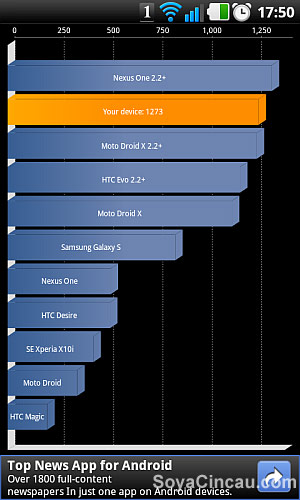
In terms of performance figures, the Optimus Black scored 1273 on Quadrant Standard Benchmarking test which is lower than Nexus One with 2.2 reference score.
Its 5MP camera performs surprisingly well and details captured are comparable with most 8MP phones that we’ve tried today. However if you’re looking to take quick snaps, this is where the Black disappoints. With high 5MP set up, it took about 3-4 seconds to take a shot and occasionally it freezes for another 3-4 seconds before you’re able to take the next shot. Overall the Black is capable of taking decent shots but it is marred by slow performance.
The Optimus Black is capable of shooting HD 720p videos with decent clarity. Strangely the native aspect ratio appears to be off which resulted a horizontally stretched look. In other words, objects appear fatter than reality. During our recording test, the auto focus seems to be jumpy as well.
Battery Life
Despite having a 1500mAh battery, lifespan is a disappointment even with the lowest brightness settings. In our daily usage, the Optimus Black struggles to last 12 hours of normal usage. We believe it could be due to the standard bundled applications from LG that’s utilizing more power than necessary. As comparison, the HTC’s Incredible S with a slightly smaller 1450mAh is able to last 16-18 hours per charge. In this time and age, it is unforgiving if a phone couldn’t last a 12 hour stretch especially if it has a massive 1500mAh capacity.
Conclusion
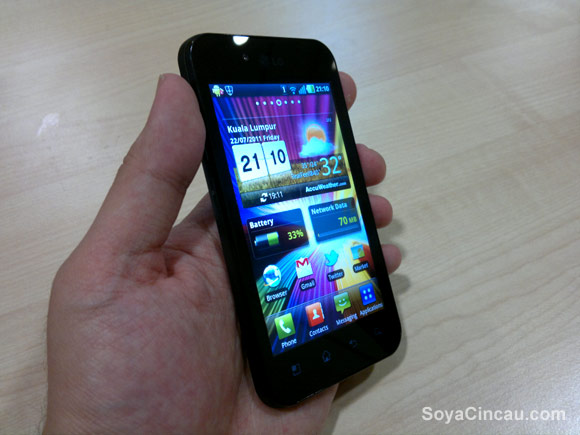
The LG Optimus Black is a decently priced phone with the looks and dimensions of a high end product. Unfortunately for hard core users, the Optimus Black is a tough one to recommend due to its performance, battery life and stability issues when pushed to the limit. We love the display and the overall slimness of the device but that alone isn’t enough to convince us. It simply couldn’t keep up with our pace of smart phone usage. However for casual users, the Optimus Black is a decent phone with a large 4.0” screen which is often unheard of for a price of just RM1399.
No doubt, the NOVA display is impressive but how often do you actually use your smart phone in the open under direct sunlight? Despite claims of offering high brightness with efficient power consumption, the battery life during our usage has proven otherwise. If given a choice, we would pick battery life over screen brightness any day.
On the instability issue, we hope that LG is working on a software upgrade soon and preferably with Gingerbread 2.3 upgrade. Most phones today even entry level Android devices from its rivals are already running Android 2.3 and there’s no excuse for LG not making the upgrade. For the initiated ones, rooting the phone and installing custom might just do the trick.
Gallery



